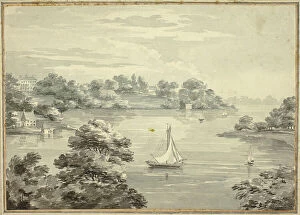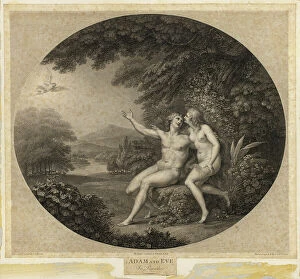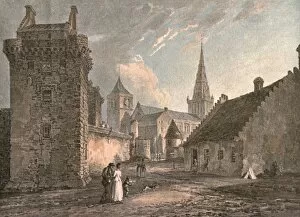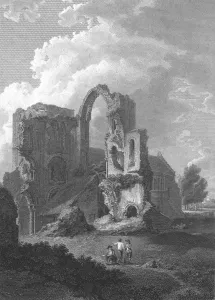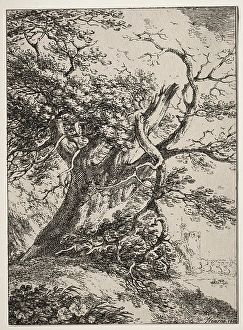Thomas Hearne Collection
Thomas Hearne was a renowned figure in the world of art and antiquity
All Professionally Made to Order for Quick Shipping
Thomas Hearne was a renowned figure in the world of art and antiquity. His contributions as an engraver, artist, and antiquary have left an indelible mark on British history. One of his notable works is the portrait of William Woollet, a talented English engraver who lived from 1735 to 1785. Through his intricate engravings, Hearne captured the essence and skill of this esteemed artist. In another masterpiece, Hearne himself became the subject as he was engraved by George Vertue around 1735. This depiction showcases his dedication to his craft and serves as a testament to his artistic prowess. As an antiquary, Thomas Hearne delved into historical research with great enthusiasm. One such example is the engraving titled "Thomas Hearne, Antiquary. " This piece reflects his passion for uncovering ancient artifacts and preserving their stories for future generations. Hearne's talent extended beyond engravings; he also excelled in capturing landscapes. The artwork "View of Antigua: English Harbour, Freemans Bay, and Falmouth Harbour" demonstrates his ability to portray natural beauty with precision and attention to detail. Additionally, Hearne showcased polyautography through pieces like "Specimens of Polyautography: Landscape with an Oak Tree. " This innovative technique allowed him to create multiple copies simultaneously using specially designed plates – a true testament to his ingenuity. Although Thomas Hearne passed away in 1735 at age 57, artists continued to pay homage to him long after. In one such tribute titled "Hearne (1678-1735), " created in 1830 by an unknown artist, we see how even years later people recognized his significant contributions. His legacy also lives on through various artworks that depict places he visited or admired.


